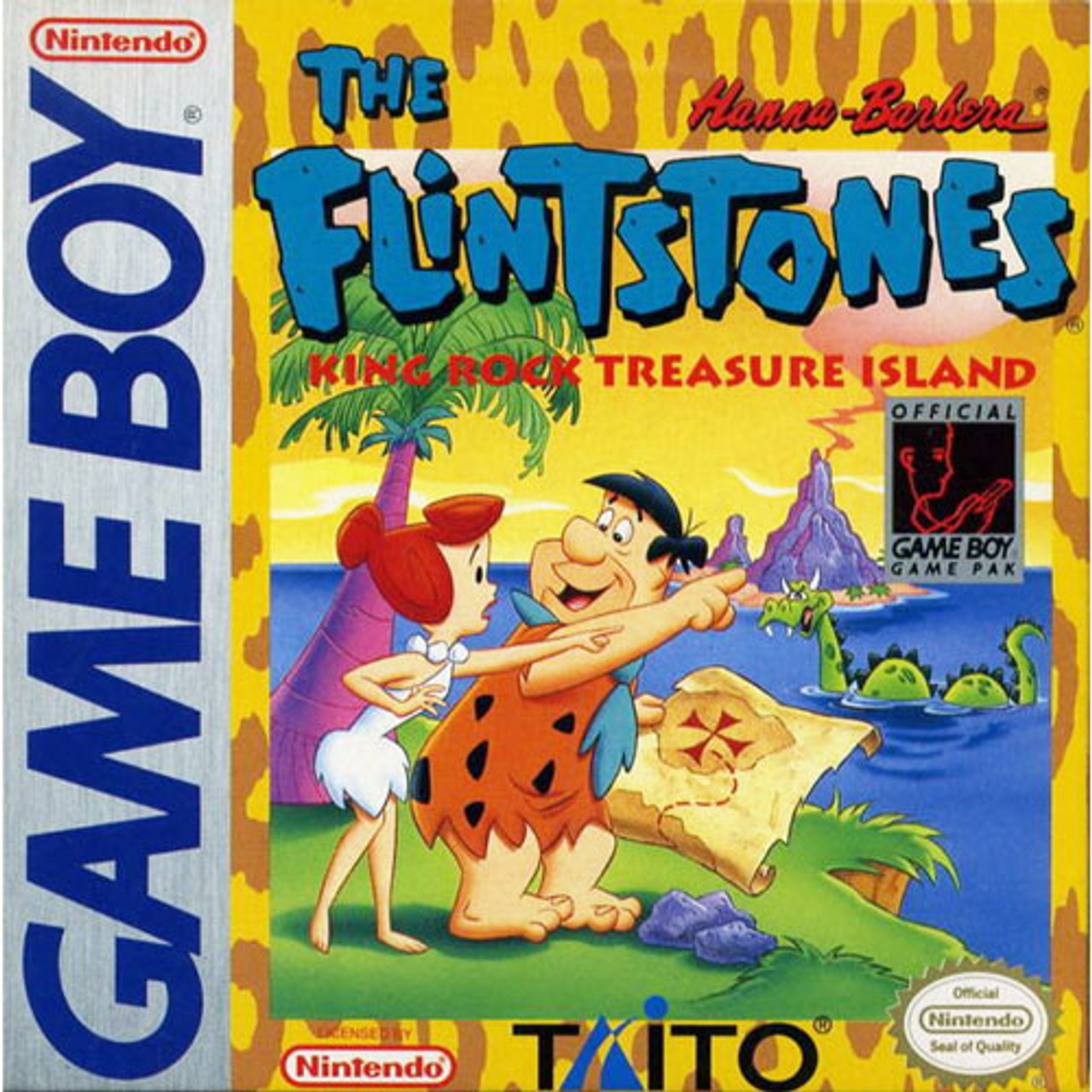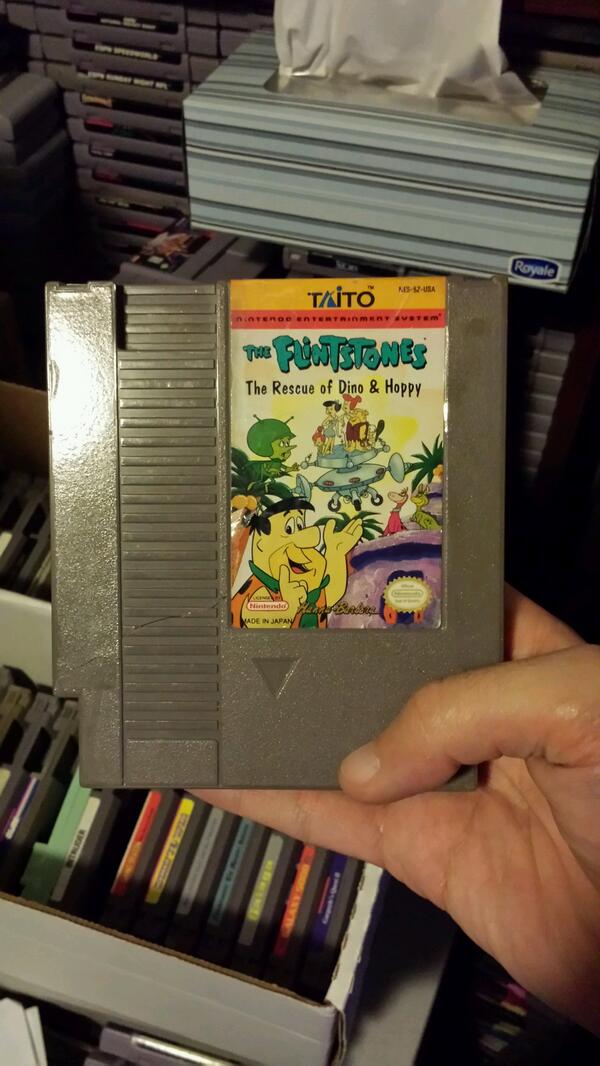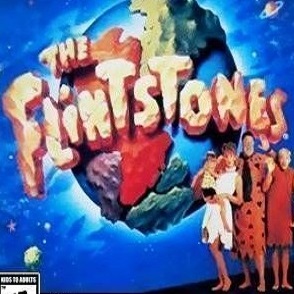
"The Flintstones: Surprise at Dino's Peak Review".

^ a b c "The 30 Rarest Nintendo Games Of All Time (And How Much They're Worth)".^ "Gaming Gold: The 10 Most Valuable NES Games Ordinary Gamers Might Actually Own"."The Quest to Get Every NES Game in 30 Days-Without the Web". ^ "These 21 Rare Nintendo Games Are Worth a Fortune".^ a b "The Rarest and Most Valuable NES Games".In 2010, the console accounted for 39 titles exceeding the million copies sold. Nintendo sold the Famicom at cost, not deeming it necessary to earn money on it. In parallel, at the end of the years 1980, a Japanese home in three is equipped with the Famicom, and Nintendo is the most profitable Japanese company in front of Toyota. Encouraged by this success, Nintendo soon turned its attention to the North American market. Against all odds, it is sold to 500 000 copies in two months, becoming the best-selling console in Japan towards the end of the year 1984.

After the product was recalled and reissued with a new motherboard, the popularity of the Famicom climbed. The beginnings of the Famicom (Family Computer) are rather difficult: during the first few weeks, many criticized the console by judging it unreliable, prone to malfunctions and big slowdowns. The 10 000 ¥ bar is outdated, but it remains the cheapest machine of the time, and the most powerful bonus on the market. Masayuki Uemura and his team design the system by demonstrating ingenuity and saving on the smallest detail to meet the requirements of the President.Īfter two years of work, she went out to Japan on Jfor 14 800 ¥, accompanied by three portals of Nintendo's bestselling arcade games: Donkey Kong, Donkey Kong Jr. In addition, it should cost less than 10 000 ¥. At that time, President Hiroshi Yamauchi told his employees that he wanted a console whose performance would be such that competition could neither copy nor match it for at least three years. Its design starts in 1981 under the name Code Young computer.

For the sake of economy, the first Famicom was red because the red plastic was the cheapest of all at the time. After meeting the success with a series of arcade games in the early 1980, Nintendo planned as of November 1981 the production of an interchangeable cartridge lounge console, a device not included on the Color TV Game.


 0 kommentar(er)
0 kommentar(er)
